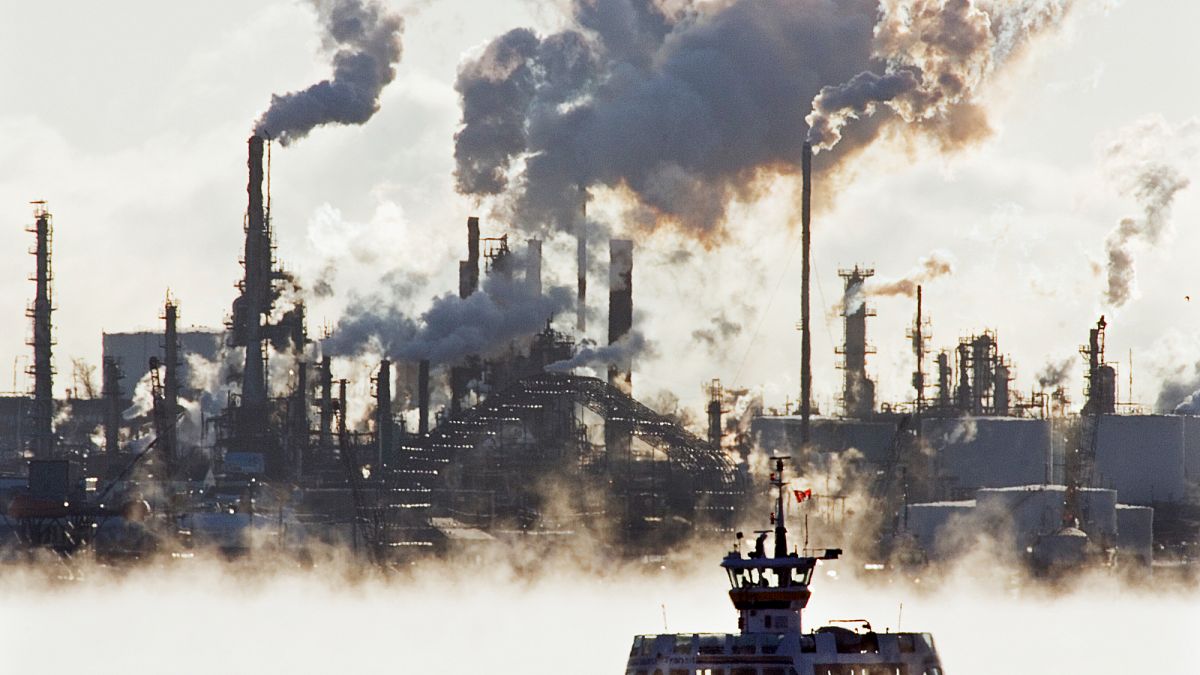Crude oil prices climbed on Monday amid US President Donald Trump’s threats to impose 25% to 50% tariffs on Russia’s oil. However, economic concerns may outweigh geopolitical tensions, as a weakening economic outlook could dampen oil demand. Investors will also be closely watching the OPEC+ meeting.
Crude oil futures prices opened higher during Monday’s Asian session following Trump’s threats to impose tariffs on Russia’s oil exports. The US president also said there would be “bombing” and “secondary tariff” on Iran if the country failed to make a nuclear deal.
The West Texas Intermediate (WTI) and Brent futures both jumped 0.6% at the market open but later retreated as risk-off sentiment prevailed. Concerns over a global economic downturn intensified ahead of Trump’s auto and reciprocal tariffs, which are set to take effect on Wednesday.
Geopolitical tensions drive oil prices higher
Oil prices have climbed approximately 5% since mid-March after the US struck Houthis militants, an Iran-backed military group in Yemen. Houthis group had launched attacks on commercial shipping vessels in the Red Sea following Israel’s retaliation against Hamas in Gaza.
Last week, Trump also threatened to impose 25% tariffs on countries purchasing Venezuela’s oil, expected to take effect on 2 April. His latest comments over the weekend have added further upside pressure on crude prices.
“If Russia and I are unable to make a deal on stopping the bloodshed in Ukraine, and if I think it was Russia’s fault — which it might not be — but if I think it was Russia’s fault, I am going to put secondary tariffs on oil, on all oil coming out of Russia,” said Trump during a phone interview with NBC News on Sunday, “That would be that if you buy oil from Russia, you can’t do business in the United States…There will be a 25% tariff on all oil, a 25 to 50 point tariff on all oil.”
In a separate interview on Saturday, Trump threatened “secondary tariffs” and “bombing” on Iran if the country refuses to stop nuclear weapons development. “There will be bombing. It will be bombing the likes of which they have never seen before.”
“It’s totally geopolitical risk. Both actions would impact supply and open up second order effects that could also drive prices higher,” said Kyle Rodda, a senior market analyst at Capital.com Australia.
OPEC to hike production
The Organisation of the Petroleum Exporting Countries (OPEC) and allies are set to begin unwinding its voluntary oil production cuts of 2.2 million barrels per day in April. However, Trump’s tariff threats against key OPEC+ members, including Russia, Iran, and Venezuela, may reduce their supplies, effectively offsetting the planned increase in output.
The OPEC+ is scheduled to hold a meeting on 5 April to discuss future joint output plans. According to Reuters, the group is expected to extend its production hike, raising output by 135,000 barrels per day in May. Meanwhile, some members will be required to reduce supplies to compensate for overproduction compared to their output targets, totalling 4.2 million barrels per day. This suggests that if members fully comply with the plan, the net effect could be an overall reduction in supply rather than an increase. However, analysts at BNP Paribas expect low compliance with the compensation cuts.
Recession fears weigh on oil demand
Despite heightened geopolitical risks, economic concerns may overshadow supply-side factors. Trump’s tariff threats on Russia and Iran have raised fears of higher inflation and weaker economic growth, potentially leading to stagflation or even recession, which could dampen oil demand.
During Monday’s Asian session, equity markets across the region fell as Trump’s auto and reciprocal tariffs are set to take effect this week. Gold prices continued their rally, with both spot and futures prices reaching new highs in early trading. The typical haven currency, the Japanese yen, also strengthened significantly.

